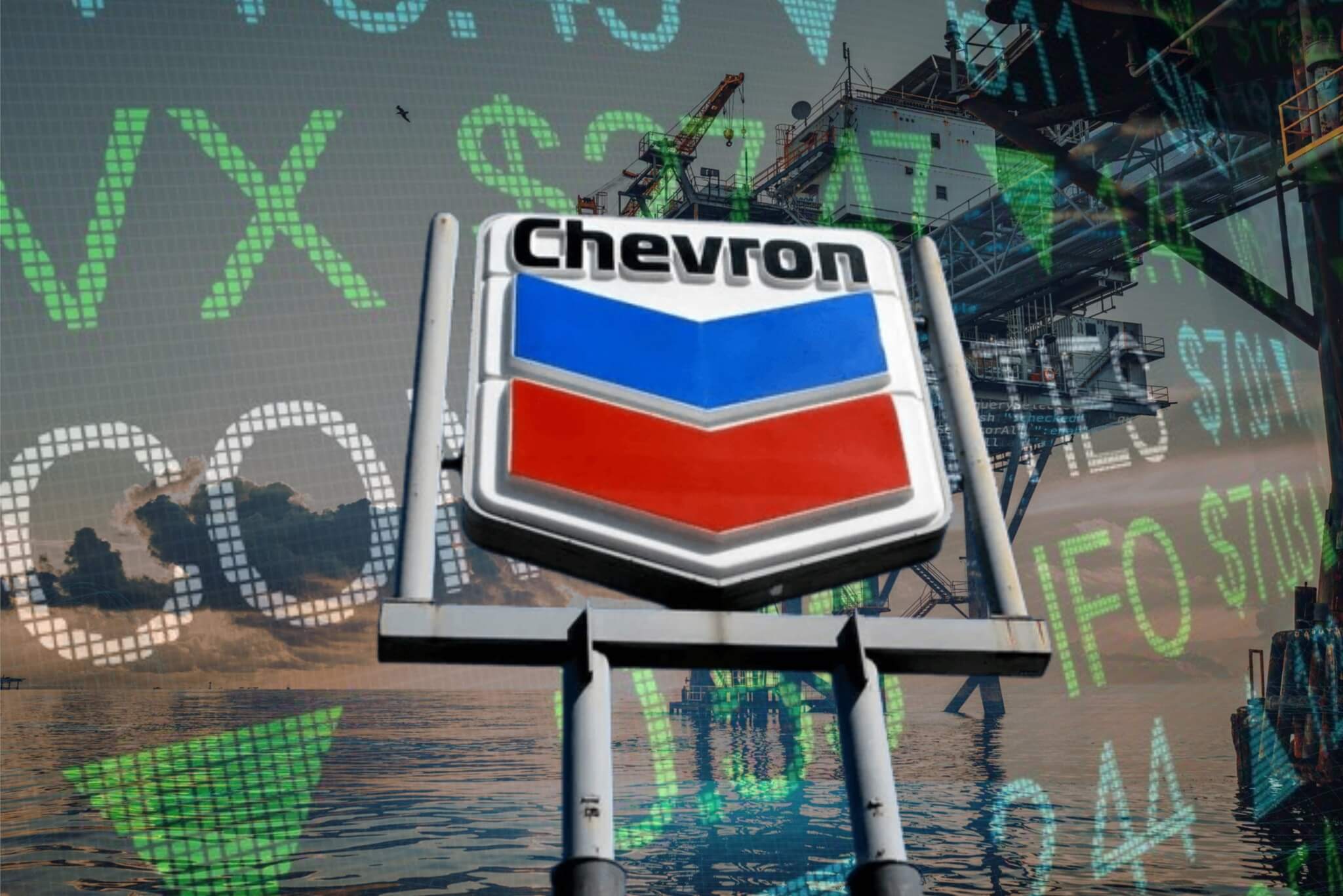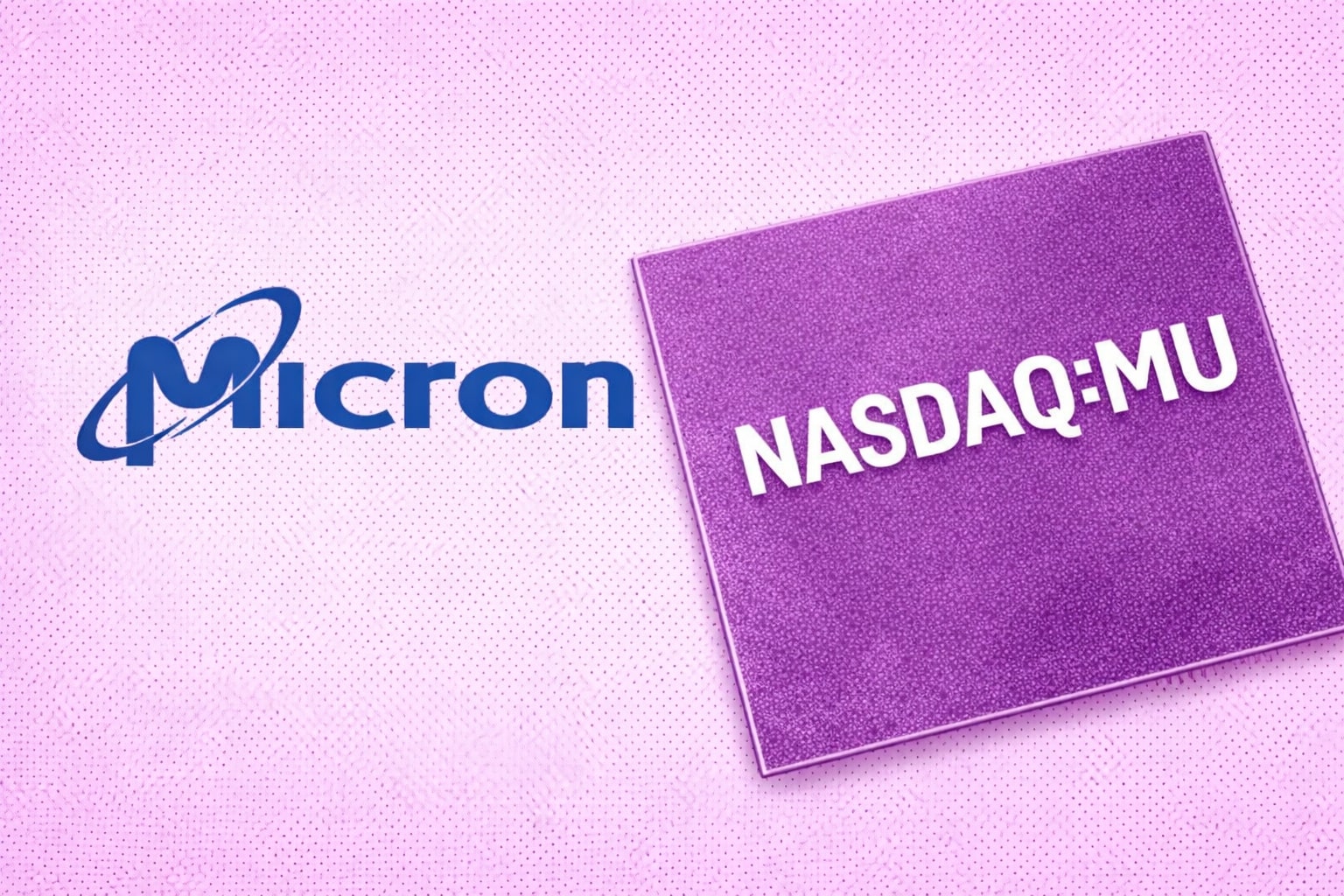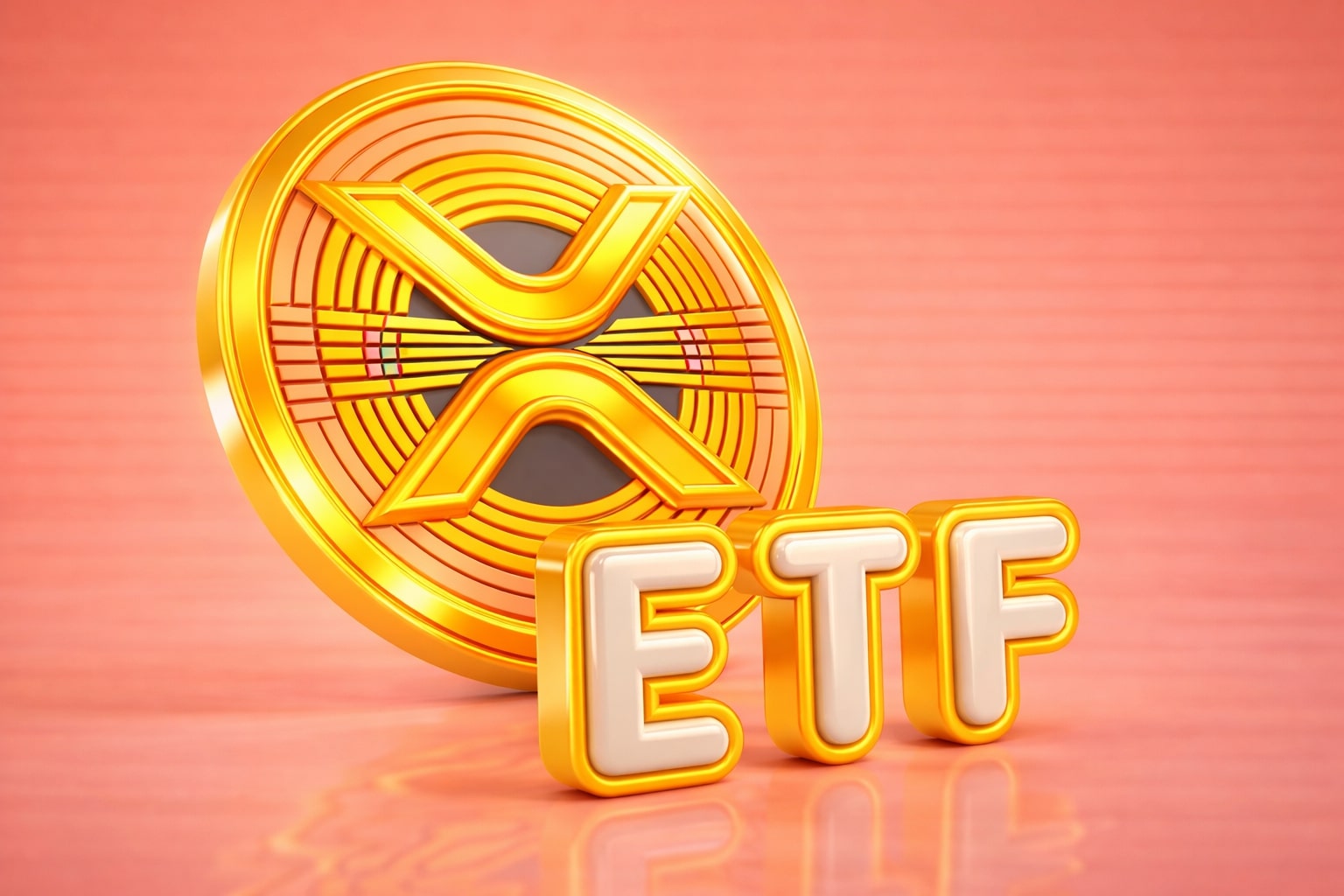
Chevron NYSE:CVX Stock Investment Analysis
Unveiling the Performance, Strategy, and Prospects of Chevron NYSE:CVX Stock: Assessing the Competitiveness Against Valero, HF Sinclair, Diamondback Energy, and Occidental Petroleum , Earnings, Growth and Stock Performance | That's TradingNEWS
Comparative Investment Analysis: Chevron (NYSE:CVX) Versus Smaller Players in the Oil and Gas Industry
The global landscape of the oil and gas industry is immensely vast and complex. Super major oil companies like Exxon Mobil (XOM) or Chevron (NYSE:CVX) are giants in the market, worth more than the GDP of some countries. The focus here will be to rigorously analyze the performance of a $10,000 investment in Chevron against the same investment spread amongst smaller-sized companies operating within the same spheres of the oil and gas industry.
Ground Rules for Comparison
Criteria Used:
- Companies considered must have a minimum market cap of $10 billion.
- The second investment will be spread to match Chevron's production mix, for example, 60% in refining if 60% of Chevron's earnings were from refining.
- All results are based on Q2's returns, annualized for a full year. 2022 will not be considered due to the Russian/Ukraine conflict affecting energy prices.
The Competition: Selecting Rivals for Chevron
To conduct a fair comparison, a blend of companies in the refining and E&P spaces is selected. In the refiner space, the choices are Valero (VLO) and HF Sinclair (DINO). For producers, Diamondback Energy (FANG) and Occidental Petroleum (OXY) are chosen.
Exploration and Production (E&P) Competition: CVX, FANG, and OXY
CVX's Global Production vs. Permian Production: CVX's daily output of 2,959 MBOE dwarfs FANG's 450 MBOE and OXY's 1,218 MBOE. CVX produces 41% of its volume from natural gas, whereas typical Permian production is 50% oil, 25% NGLs, and 25% natural gas.
Shareholder Return Structures: CVX's moderate dividend and buyback program contrasts FANG's base plus variable dividend strategy and OXY's share buybacks and redemption preference.
Refinery Competition: Chevron vs. Valero and HF Sinclair
CVX has a total capacity of 1.8 million barrels per day, compared to Valero's 1.42 million and Sinclair's 716,000. These competitors have similar dividend programs to CVX but invest more in buybacks.
Performance Indicators: Assessing Shareholder Returns, Valuation, and Price Performance
Total Shareholder Returns: CVX's returns are competitive with investments 2 and 3 but outperforms 4 and 5. CVX also shifts more towards equity rather than dividend payments.
Valuation Metrics:
- Price to Free Cash Flow (FCF): CVX is valued at a fair price for a producer, while VLO and DINO cost less for every dollar of FCF.
- Cash and Debt Profiles: CVX leads with a minimal net debt position, ensuring a healthy future balance sheet.
- Historical Price Performance: CVX's smooth price curve contrasts the volatile curves of FANG/OXY. Increased volatility may mean higher appreciation with the smaller peer group.
Analyzing Chevron's Dividend Trends and Buffett's Surprising Sales
Dividend Analysis for NYSE:CVX: Chevron's consistent dividend growth and strong income potential make it an attractive stock. With an annual growth rate of about 5.3%, Chevron's dividend looks likely to grow, backed by rapid earnings growth and a low payout ratio.
Warren Buffett's Strategy with Chevron (NYSE:CVX)
Warren Buffett's Berkshire Hathaway has reduced its stake in Chevron since October 2022, a move that has attracted significant attention from analysts and investors alike. To fully understand this decision, it is crucial to explore Chevron's position in the market, Buffett's investment philosophy, and the possible reasons for the sale.
Chevron's Market Position and Diversification
Chevron, with its stock symbol on NYSE as CVX, is one of the leading energy companies with a diversified portfolio that includes upstream, downstream, and chemical operations. Its strong balance sheet, steady cash flow, and strategic investments in renewable energy sources have made it a robust player in the energy sector. Here's the real-time chart for NYSE:CVX to provide more context on its performance.
Comparison to Occidental Petroleum
When compared to Occidental Petroleum, another major player in the energy sector, Chevron has demonstrated a more diversified portfolio and greater financial stability. Occidental's significant debt burden and concentration in specific markets may be seen as potential vulnerabilities, especially in fluctuating oil prices scenarios.
Berkshire Hathaway's Investment Philosophy
Warren Buffett's investment decisions are driven by a value-based philosophy that focuses on long-term potential and intrinsic value. In this context, the reduction of the stake in Chevron may be indicative of Berkshire's analysis that there might be other opportunities with better long-term potential.
Berkshire's Sales of NYSE:CVX Stock: A Closer Look
The sale of Chevron shares by Berkshire Hathaway began in October 2022 and has continued in subsequent quarters. This has led to questions regarding the motivation behind the move, particularly given Chevron's apparent strengths.
-
Significance of the Sale: The reduction in Chevron's holdings does not necessarily signal a complete lack of confidence in the company. It may be a strategic realignment based on Berkshire's broader portfolio objectives and risk management principles.
-
Timing: The timing of the sale may be connected to market conditions, regulatory changes, or shifts in the global energy landscape. Detailed examination of these factors may provide insights into why the sale was initiated at this specific time.
-
Impact on Chevron's Stock (NYSE:CVX): The sale by a significant investor like Berkshire can have implications for other investors' perception of the stock. However, Chevron's inherent strengths and diversification may mitigate any substantial negative impact.
Overview of Chevron Corporation (CVX)
Chevron Corporation (CVX), a leading player in the energy industry, has seen significant fluctuations in its performance in recent years. Traded on the NYSE under the symbol CVX, the company's shares are currently priced at $159.40 as of the close on August 15. Here's a closer look at various aspects of the company.
Stock Performance
Recent Trends
Chevron's stock closed at $159.40, showing a slight increase of $0.16 (+0.10%) after a drop of 2.92% during the day. Over the past 52 weeks, the stock has ranged from a high of $189.68 to a low of $140.46, reflecting a considerable volatility with a beta of 1.16. The 50-day moving average stands at $157.63, while the 200-day moving average is $166.59.
Short Interest and Dividends
Short interest in Chevron has been fairly stable, with 19.65 million shares shorted as of July 30, 2023, representing a slight increase from 18.92 million in the previous month. This represents approximately 1.05% of the shares outstanding.
On the dividends front, Chevron offers a forward annual dividend rate of $6.04, yielding 3.76%. The company has maintained an average dividend yield of 4.40% over the past five years, with a payout ratio of 37.16%.
Find more real-time information on CVX's stock chart here.
Financial Analysis
Earnings Estimates and History
Analysts have provided earnings estimates for Chevron for the upcoming quarters. For Q3 2023, the average estimate stands at $3.16 per share, ranging from a low of $2.74 to a high of $3.67. Comparatively, the Q2 earnings for 2023 were reported at $6.0 billion ($3.20 per share - diluted), down from $11.6 billion ($5.95 per share - diluted) in Q2 2022.
The history of earnings shows some surprises, with a 15.60% positive surprise in Q3 2022 and negative surprises in subsequent quarters.
Revenue Estimates
Revenue is expected to reach $48.92 billion in the current quarter (Sep 2023), ranging from $42.56 billion to $56.8 billion. The year ago sales were $58.22 billion, and the sales growth for the current year is estimated at -19.90%, with a 3.70% growth expected next year (2024).
Profitability and Cash Flow
Chevron maintains a healthy profit margin of 14.05% and an operating margin of 16.99%. The company has demonstrated robust cash flow with $41.27 billion in operating cash flow and $23.4 billion in levered free cash flow.
Balance Sheet and Valuation Measures
With a market capitalization of $312.90 billion and an enterprise value of $324.81 billion, Chevron trades at a trailing P/E of 10.40 and a forward P/E of 12.30. The price-to-book value is 1.98, and the company has a total debt of $21.51 billion.
Segment Performance: Upstream and Downstream
Chevron's earnings are majorly divided into upstream and downstream segments. For Q2 2023, upstream earnings were $4.936 billion, while downstream earnings were $1.507 billion. These figures demonstrate a decrease from Q2 2022, where upstream earnings were $8.558 billion and downstream earnings were $3.523 billion.
Institutional and Mutual Fund Holders
Chevron's stock is largely held by institutional investors, with Vanguard Group Inc, State Street Corporation, and Blackrock Inc being the top three holders. Top mutual fund holders include the Vanguard Total Stock Market Index Fund and the Select Sector SPDR Fund-Energy Select.
Future Growth Prospects
Though Chevron has experienced a negative growth trend with -43.20% growth expected in the current quarter and -19.80% in the next, analysts expect a positive growth of 5.80% next year. The past five years have seen an annual growth rate of 25.38%, indicating Chevron's potential for long-term growth.
Challenges and Opportunities
Chevron has faced challenges in recent times, with a decline in earnings and a decrease in quarterly revenue growth by -28.10%. The effects of the global economy, energy demand, and geopolitical tensions may continue to influence the company's performance.
However, Chevron's strong balance sheet, strategic investments, and a commitment to sustainability may provide opportunities for growth and value creation in the coming years.
Investment Conclusion: Chevron (NYSE:CVX)
Investment Overview: Chevron, a titan in the energy sector, possesses an impressive track record, an expansive and diversified operation, and a reliable history of delivering shareholder value. The comprehensive analysis above offers a detailed glimpse into the various factors that have contributed to the current status and performance of Chevron in the energy industry, comparing it with several smaller players.
Short-Term Analysis: Chevron's stock seems to exhibit a higher volatility in the recent short term. With expected negative growth in the current and subsequent quarter and a competitive market landscape, there may be some downside risks. The geopolitical situation, market dynamics, and the global push towards green energy can also influence the stock's performance in the near future.
Long-Term Analysis: The company's strong balance sheet, strategic investments in renewables, and substantial presence in both upstream and downstream segments make it a promising candidate for long-term investors. Consistent dividend growth and a positive growth outlook for next year present a stable picture for those with an extended investment horizon.
Bullish or Bearish? Given the fundamental strengths and strategic positioning, a bullish stance seems more appropriate for long-term investment in Chevron. Despite some short-term uncertainties, the company's diversification, robust financials, and growth prospects make it a strong contender in the oil and gas industry.
Investment Recommendation:
- Short Term: Hold/Sell - The short-term risks and volatility might prompt caution. Investors with a short-term focus may consider holding or even selling depending on individual risk tolerance and market perspective.
- Long Term: Buy - Investors with a long-term focus may find Chevron's stable dividend and growth prospects appealing. Despite temporary headwinds, Chevron appears to have the fundamentals to deliver value over the long run.
Risks and Considerations: Investors should be aware of the inherent risks involved in the oil and gas sector, including commodity price fluctuations, regulatory changes, environmental concerns, and geopolitical uncertainties. A well-balanced portfolio and professional financial guidance may aid in mitigating these risks.
Final Thoughts: The analysis reveals that Chevron stands as a leading player with strong credentials in the energy landscape. While short-term challenges cannot be ignored, Chevron's long-term prospects appear robust, making it a potentially rewarding investment for those looking beyond immediate market fluctuations.
Read More
-
CGDV ETF at $44.17 Targets $52 as Dividend Value and AI Leaders Drive 2026 Upside
07.01.2026 · TradingNEWS ArchiveStocks
-
XRP ETFs XRPI and XRPR: $2.20 XRP and $1.6B Inflows Drive 2026’s Hottest Crypto Trade
07.01.2026 · TradingNEWS ArchiveCrypto
-
Natural Gas Price Forecast: NG=F Rebounds to $3.48 as Market Eyes EIA Storage Shock
07.01.2026 · TradingNEWS ArchiveCommodities
-
USD/JPY Price Forecast - USDJPY=X Holds 156.6 as BoJ Hawkish Shift Collides With Fed Cut Expectations
07.01.2026 · TradingNEWS ArchiveForex


















